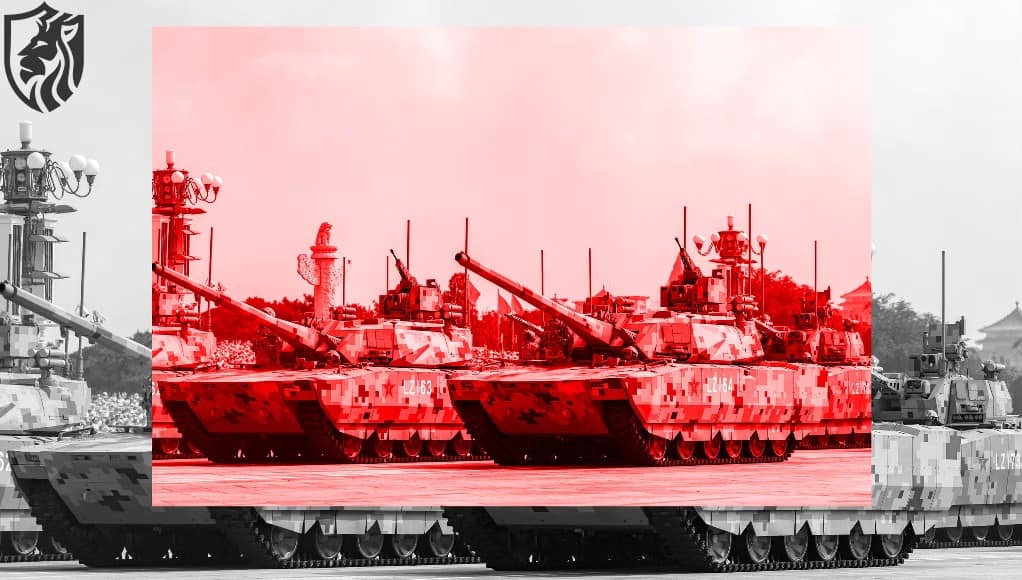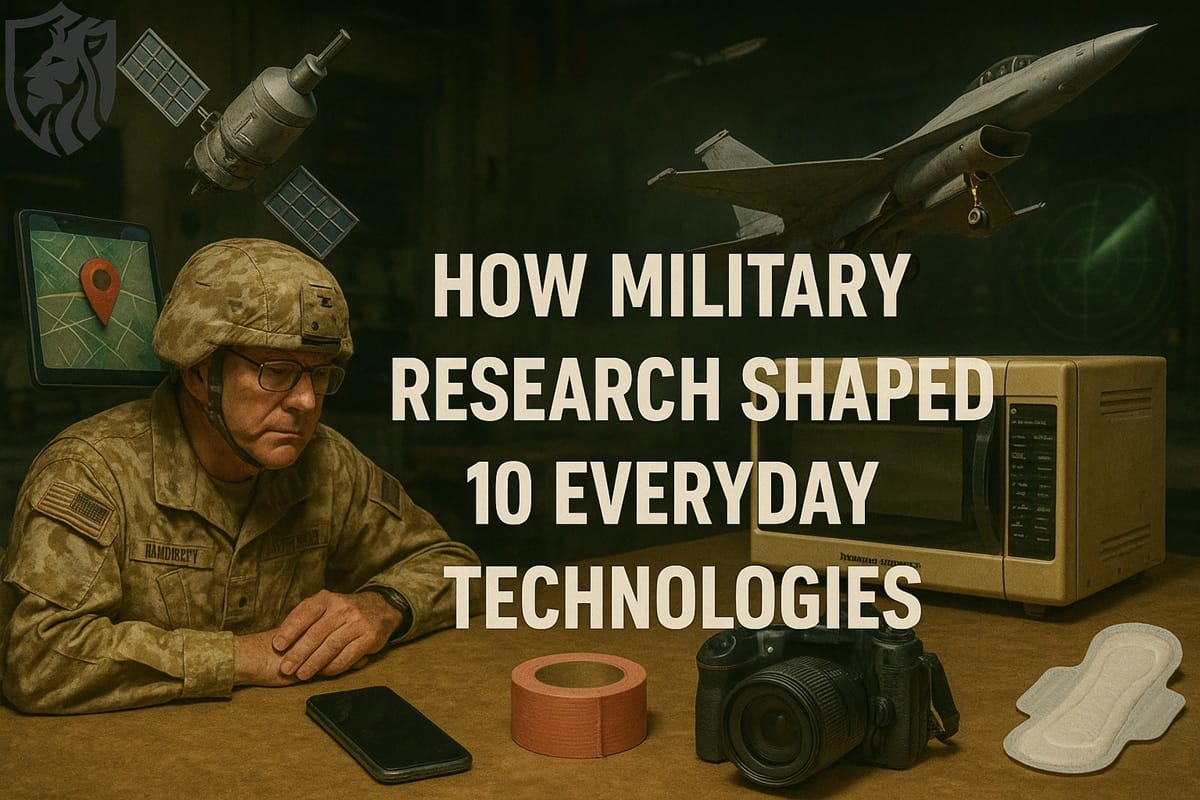
Right Abrams and Left T-72
The nickname “Lions of Babylon” referred to the Iraqi Republican Guard, an elite military force in Saddam Hussein’s regime. Known for its formidable reputation and key role in defending Iraq’s sovereignty, the Republican Guard was considered one of the most powerful forces in the region.
However, in the 2003 Iraq War, this force faced a technological juggernaut: the U.S. Army’s M1 Abrams tanks. These state-of-the-art war machines significantly contributed to the rapid destruction of the Republican Guard, thereby shifting the balance of power in favor of the U.S.-led coalition.
This article goes over how the “Lions of Babylon” were overwhelmed by the power of Abrams tanks and how the outcome marked a critical turning point in the conflict.

The Republican Guard: Elite Forces of Iraq
The Iraqi Republican Guard was an elite force created by Saddam Hussein to protect his regime and maintain control over the country. The Republican Guard, comprised of highly trained soldiers and armed with sophisticated Soviet-era weaponry, faced the challenge of defending Iraq against both internal and external threats.
It operated separately from the regular Iraqi army, with a high level of loyalty to Saddam Hussein personally. Over the years, the Republican Guard gained a formidable reputation, especially after its performance during the Iran-Iraq War and the Gulf War in 1991.
Despite its prestige and formidable reputation, the Republican Guard’s firepower, training, and leadership proved insufficient against the advanced military technology of the United States during the 2003 Iraq War. State-of-the-art systems, such as the M1 Abrams tank, equipped the U.S. military, poised to transform the battle for Iraq.
The Power of the M1 Abrams Tank
The M1 Abrams tank, a cornerstone of U.S. military strategy, is one of the most advanced battle tanks in the world. First deployed in 1980, it has been a symbol of American military dominance.
The M1 Abrams carries a powerful 120mm smoothbore gun that fires both high-explosive and armor-piercing rounds. Its composite armor shields the tank from most anti-tank weapons, easily defeating the older Soviet-era systems used by the Republican Guard.
What truly set the Abrams apart was its advanced technology. Its integrated targeting systems let crews spot and destroy enemy vehicles at long distances—often before opponents could even fire back.
Its speed, maneuverability, and advanced fire control systems made it a force multiplier on the battlefield. Moreover, the tank’s armor, coupled with its gas turbine engine, enabled it to operate in the harshest of conditions, including the extreme temperatures of the Iraqi desert.
The Shock and Awe Campaign: The Opening Stages of the Iraq War
When the U.S. and coalition forces began the invasion of Iraq in March 2003, they unleashed a military strategy known as “shock and awe.” This strategy was designed to quickly overwhelm Iraq’s military forces with the sheer force and speed of the invasion.
The 3rd Infantry Division led the ground assault, supported by M1 Abrams tanks, airstrikes, and artillery bombardments. The Republican Guard, stationed along the roads leading to Baghdad, was the main obstacle for U.S. forces as they pushed northward.

The Republican Guard, confident in its ability to hold back the invading force, attempted to put up a strong resistance. However, the devastating power of the Abrams tanks soon confronted them.
Despite the Iraqi forces possessing numerous T-72 tanks, which were formidable vehicles designed by the Soviet Union, the advanced American tanks outgunned and outnumbered them on the battlefield.
The Battle of Nasiriyah: A Key Engagement
One of the first significant engagements between the U.S. Army’s Abrams tanks and the Republican Guard occurred in Nasiriyah, a city in southern Iraq. As the U.S. advanced, the city became a critical point of resistance for the Iraqi forces.
The Republican Guard’s elite units were stationed there to defend the city and block the U.S. advance. The battle quickly escalated, with Abrams tanks from the U.S. Army’s 3rd Infantry Division facing off against Republican Guard units entrenched in the city.
The outcome of the battle was decisive. U.S. forces, armed with Abrams tanks, artillery, and air support, overwhelmed the Iraqi defenders. The U.S. tanks, with their long-range firepower and superior armor, easily destroyed the Republican Guard’s T-72s.
The elite Iraqi forces, despite fierce resistance, could not match the superior technology and firepower of the Abrams tanks. The Republican Guard faced a decisive defeat in the early stages of the war, marking the first of many victories.
The Push Toward Baghdad: A Final Stand
As U.S. forces moved closer to Baghdad, they encountered heavier resistance from the Republican Guard. The city of Baghdad was heavily fortified, and the Republican Guard, along with other Iraqi military forces, made their final stand in an attempt to protect Saddam Hussein’s regime.
The Republican Guard had been tasked with defending Baghdad from the advancing U.S. forces, but they faced an insurmountable challenge.
By this stage, the M1 Abrams had already proven its dominance on the battlefield. As U.S. forces pushed toward the capital, Republican Guard units tried to stand firm. The Abrams tanks overwhelmed them with relentless firepower, leaving the Guard decimated and broken.
The U.S. forces used their tanks’ superior firepower to destroy Republican Guard positions from miles away, leaving the defenders with little room to maneuver. The tanks were able to destroy Iraqi artillery, tanks, and command posts before the Republican Guard had a chance to react, effectively neutralizing the threat posed by Saddam’s elite forces.
Psychological Impact: A Crushing Blow to Iraqi Morale
The overwhelming effectiveness of the Abrams tanks in these early engagements had a profound psychological impact on the Iraqi forces. The Abrams tanks rapidly decimated the Republican Guard, shattering the myth of its invincibility.
For Iraqi soldiers who had once been proud to serve in the Republican Guard, witnessing the swift and decisive destruction of their comrades was demoralizing.
This psychological blow played a significant role in the eventual collapse of Saddam Hussein’s regime. With the Republican Guard in disarray and unable to defend key positions, the Iraqi military’s morale deteriorated. This allowed U.S. forces to march into Baghdad without the kind of fierce resistance that had been anticipated.

The End of the ‘Lions of Babylon’
The battle for Baghdad marked the final defeat of the Republican Guard. The elite unit had collapsed by the time U.S. forces entered the city in April 2003.
Many Republican Guard soldiers surrendered, while others fled or attempted to resist in small pockets. The overwhelming firepower and advanced technology of the U.S. Army’s Abrams tanks were a primary factor in the rapid collapse of the once-feared force.
Despite serving as a symbol of Iraq’s military strength, the Abrams tank’s technological might ultimately outmatched them. The Iraqi military reduced its best and most capable fighting force to rubble in just a few weeks.
Conclusion
The Iraqi Republican Guard, known as the “Lions of Babylon,” faced devastation by U.S. M1 Abrams tanks in 2003. This clash revealed the vast technological gap between American forces and the Iraqi military. Abrams tanks, with unmatched armor and firepower, destroyed Iraq’s most elite unit.
Their superiority in combat marked the Republican Guard’s downfall. This victory showed how advanced technology reshapes modern warfare. The Iraq War proved that technological dominance is often decisive in asymmetric battles. The crushing of the “Lions of Babylon” remains a defining moment in military history.
References
- M1 Abrams Tanks in Combat. U.S. Army. Retrieved from: https://www.armytimes.com
- The article discusses the Iraqi Republican Guard and its role in the Iraq War. International Security Journal. Retrieved from: https://www.isj.org
- The Battle of Nasiriyah: Iraq War’s Early Successes. History Channel. Retrieved from: https://www.history.com
- The article discusses the collapse of the Republican Guard during the Iraq War. Military History Quarterly. Retrieved from: https://www.militaryhistoryquarterly.com









